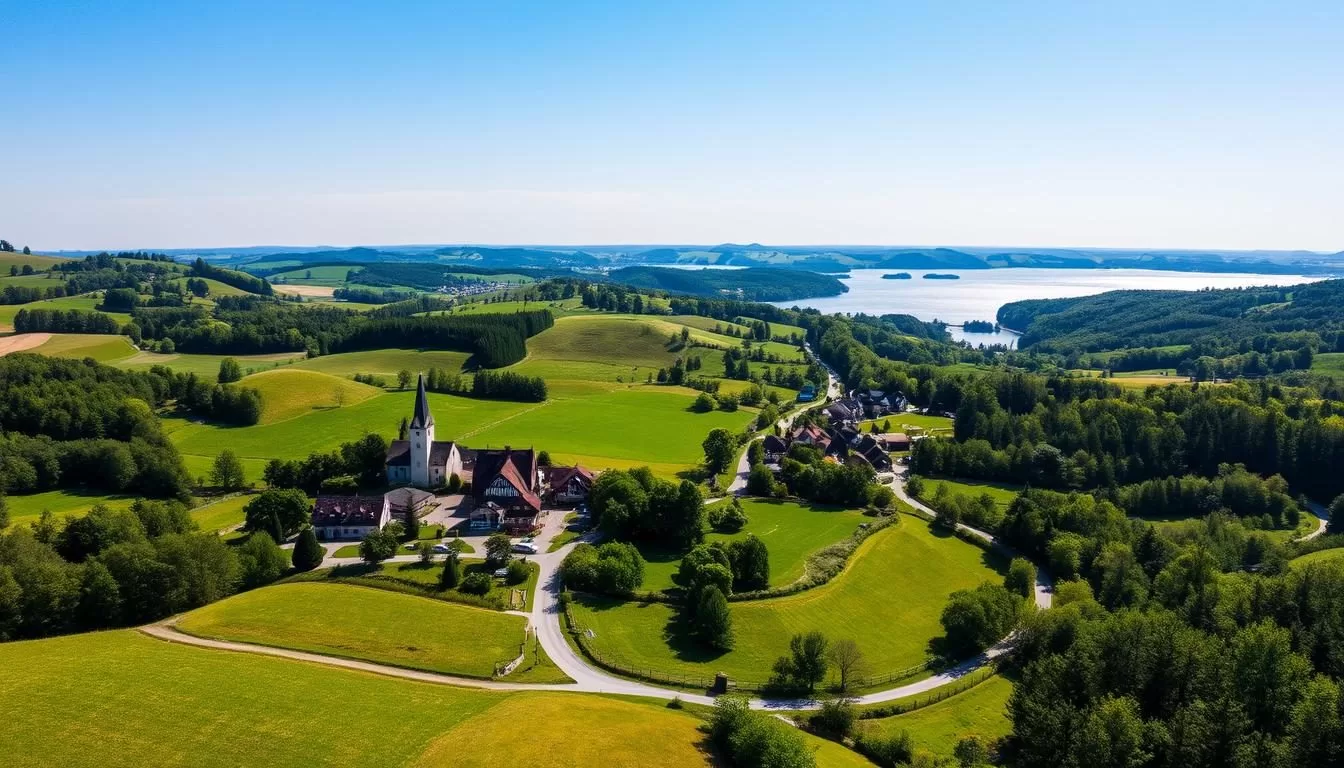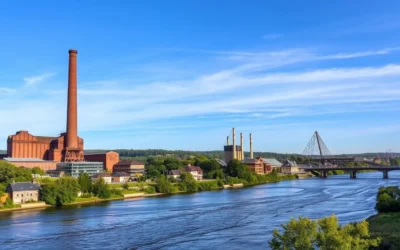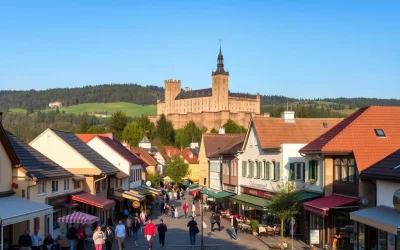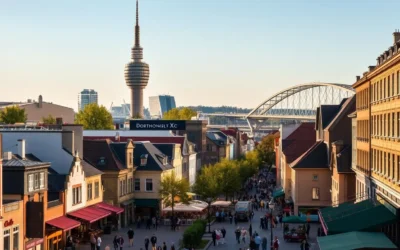✓ Accommodations✓ Flights✓ Rental Cars
Nestled in the northeast, Mecklenburg-Vorpommern is a state with a rich cultural tapestry. Its official language is German, but the region is also home to unique dialects like Low German, or Plattdeutsch. These linguistic traditions add depth to its heritage.
With a population of over 1.6 million, this state blends history with modernity. Cities like Rostock and Schwerin are cultural hubs, shaping the region’s identity. The area’s demographics reflect a mix of urban and rural lifestyles, offering a diverse experience.
Beyond language, Mecklenburg-Vorpommern is known for its scenic landscapes and vibrant traditions. Whether you’re exploring its cities or countryside, you’ll find a unique blend of history and culture waiting to be discovered.
Exploring the Linguistic Diversity in Mecklenburg-Vorpommern
From Standard German to unique dialects, this area offers a fascinating linguistic journey. The way people communicate here reflects centuries of tradition and change. Let’s dive into the rich tapestry of languages that shape this region.
Understanding Standard German and Regional Dialects
Standard German is the official language used in schools, media, and government. However, the region is also home to vibrant dialects like Low German, or Plattdeutsch. These dialects add a unique flavor to everyday conversations.
Low German, for example, has roots in medieval times and is still spoken in rural parts. It’s a testament to the area’s historical depth. While Standard German unites the country, these dialects preserve local identity.

A Look at Minority and Immigrant Languages
Beyond German, the region is enriched by minority languages like Sorbian, Danish, and Romani. These languages are spoken by smaller communities but play a significant role in the cultural mosaic.
Immigrant communities also contribute to the linguistic diversity. Languages like Turkish, Arabic, and Polish are increasingly heard in urban areas. This blend of language traditions makes the area a vibrant melting pot.
Here’s a quick look at some of the languages you might encounter:
- Standard German: The official language, widely used in formal settings.
- Low German: A regional dialect with historical significance.
- Sorbian: A minority language with Slavic roots.
- Danish: Spoken by the Danish minority in the northern part.
Exploring these languages gives you a deeper understanding of the region’s cultural richness. Whether you’re a language enthusiast or a curious traveler, there’s always something new to discover.
Historical Evolution of Language in the Region
The linguistic history of this region is deeply intertwined with its cultural and political past. Over the years, the way people communicate has been shaped by migration, war, and reunification. These events have left a lasting impact on the languages spoken here.

Impact of Migration, War, and Reunification
Migration has played a key role in shaping the linguistic course of the area. After World War II, the population grew significantly due to an influx of refugees. This led to a mix of dialects and languages, creating a unique linguistic blend.
The reunification of Germany in 1990 also influenced language trends. Standard German became more dominant, while regional dialects like Low German began to fade. However, efforts to preserve these dialects have gained momentum in recent years.
The Legacy of Low German and Plattdeutsch
Low German, or Plattdeutsch, has a rich history dating back to medieval times. Once widely spoken, it saw a decline in the 20th century. Today, it is mostly heard in rural areas and among older generations.
Despite its decline, there has been a resurgence of interest in preserving this dialect. Cultural initiatives and educational programs aim to keep Plattdeutsch alive for future generations.
| Event | Impact on Language |
|---|---|
| World War II | Increased migration led to linguistic diversity. |
| German Reunification (1990) | Standard German became more dominant. |
| Recent Years | Efforts to revive regional dialects like Low German. |
Understanding this historical way of language evolution gives you a deeper appreciation of the region’s cultural richness. From medieval roots to modern influences, the story of language here is both fascinating and complex.
Mecklenburg-Vorpommern, Germany: Official and widely spoken languages
This northeastern state is a hub of linguistic diversity and cultural preservation. German is the official language, but the area also embraces a variety of dialects and minority languages. This blend creates a unique place where tradition meets modernity.
At home and in public institutions, language plays a vital role in daily life. Families often pass down regional dialects, ensuring they remain part of the cultural fabric. Schools and government offices use Standard German, but efforts to preserve local dialects are strong.
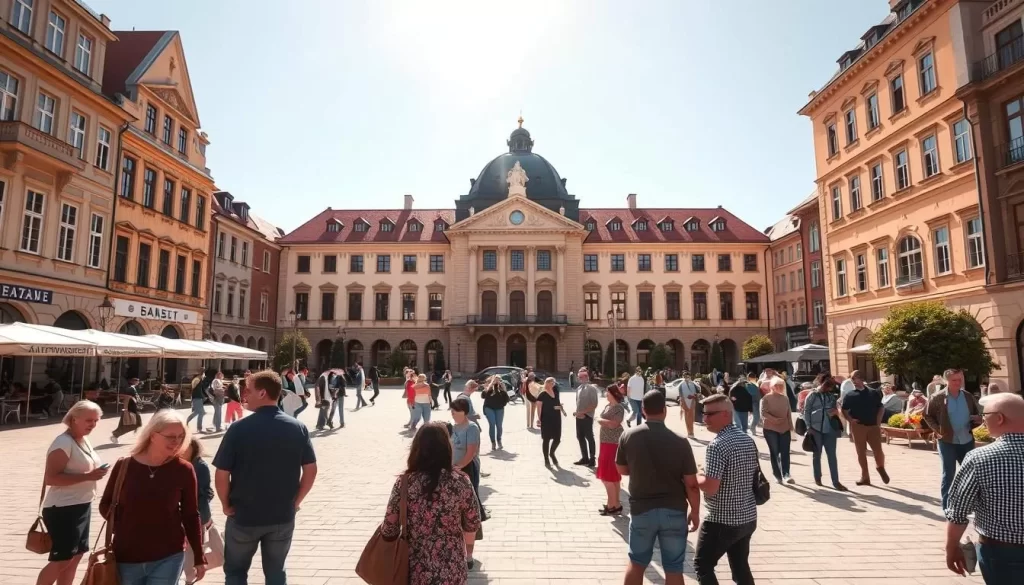
The state actively supports linguistic diversity through cultural initiatives and educational programs. For example, Low German, or Plattdeutsch, is promoted in schools and community events. These efforts help keep regional traditions alive for future generations.
Here’s how the area balances language preservation and modern communication:
- Standard German: Used in formal settings, education, and media.
- Low German: Preserved through cultural programs and local events.
- Minority Languages: Supported by community organizations and cultural institutions.
With a population of over 1.6 million, the area’s linguistic landscape reflects its rich history and diverse communities. Whether you’re exploring urban centers or rural villages, you’ll find a unique blend of languages that tell the story of this vibrant place.
English Language Proficiency in Mecklenburg-Vorpommern
From classrooms to workplaces, English has become a key tool for communication in this area. Its role in education and daily life reflects the region’s integration into the global community. Let’s explore how English is shaping the lives of students and professionals alike.
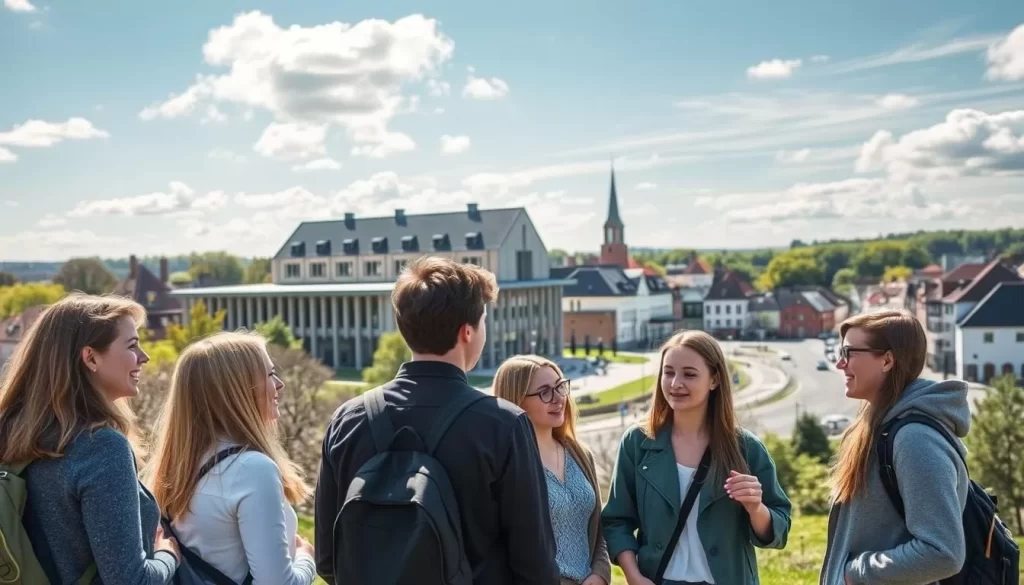
English in Schools and the Curriculum
English is a compulsory subject in local schools, starting as early as age 5. The curriculum focuses on building strong reading, writing, and speaking skills. This early exposure helps students achieve high levels of proficiency by the time they graduate.
Recent data shows that the average English proficiency score for students here is 613 out of 800. This places them in the high proficiency category, equivalent to a C1 level on the CEFR scale. Such results highlight the effectiveness of the educational system.
Regional Variations and Modern Usage
While English is widely taught, its usage varies across cities. Urban areas like Rostock and Schwerin show higher proficiency levels compared to rural regions. This difference is often linked to access to resources and exposure to international influences.
In professional settings, English is increasingly important. A growing number of job offers require fluency, especially in sectors like technology and tourism. This trend underscores the language’s role in enhancing career opportunities.
| Region | Average EPI Score |
|---|---|
| Rostock | 590 |
| Schwerin | 585 |
| Rural Areas | 560 |
For more insights into how language skills impact the labor market, check out this detailed report.
English is more than just a subject in schools; it’s a bridge to global opportunities. Whether you’re a student or a professional, mastering this language opens doors to a world of possibilities.
Cultural Impact of Linguistic Heritage in the State
The cultural fabric of this region is woven with threads of linguistic heritage. From daily conversations to grand festivals, language shapes the identity of every person here. It’s not just a means of communication but a bridge to the past and a guide to the future.
Local Dialects and Traditions in Daily Life
In this area, local dialects like Low German are more than words—they’re a way of life. Families pass down these dialects, ensuring they remain part of the cultural fabric. Whether it’s a friendly chat or a traditional song, these linguistic traditions connect people to their roots.
Festivals like the Plattdeutsch Day celebrate these dialects, bringing communities together. These events are a testament to the enduring power of language in shaping identity. Even today, these traditions thrive, offering a glimpse into the region’s rich history.
Language’s Role in Tourism and Education
Linguistic heritage also plays a key role in tourism. Visitors from around the world are drawn to the unique cultural experiences here. From guided tours in local dialects to traditional storytelling, language adds depth to every visit.
In schools, efforts to preserve dialects are strong. Programs teach students about their linguistic roots, ensuring these traditions survive for future generations. This blend of education and culture makes the region a unique player in the world of cultural tourism.
| Aspect | Impact |
|---|---|
| Daily Life | Dialects shape personal identity and community bonds. |
| Tourism | Linguistic heritage attracts global visitors. |
| Education | Programs preserve dialects for future generations. |
From festivals to classrooms, the linguistic heritage of this region is a living testament to its cultural richness. It’s a reminder that language is more than words—it’s the heartbeat of a community.
Conclusion
Language in this area bridges the past and the future. From historical dialects to modern communication, it reflects a rich cultural identity. The coexistence of official and regional languages highlights the region’s unique ability to balance tradition with progress.
Over time, linguistic diversity has shaped daily life, education, and tourism. Efforts to preserve dialects ensure they remain a vital part of the cultural fabric. This raises an important question: How will these dynamics evolve in an increasingly connected world?
As you explore this area, consider the role of language as both a cultural expression and a practical tool. It’s a reminder that words carry history, identity, and the promise of a shared future.
The above is subject to change.
Check back often to TRAVEL.COM for the latest travel tips and deals.
